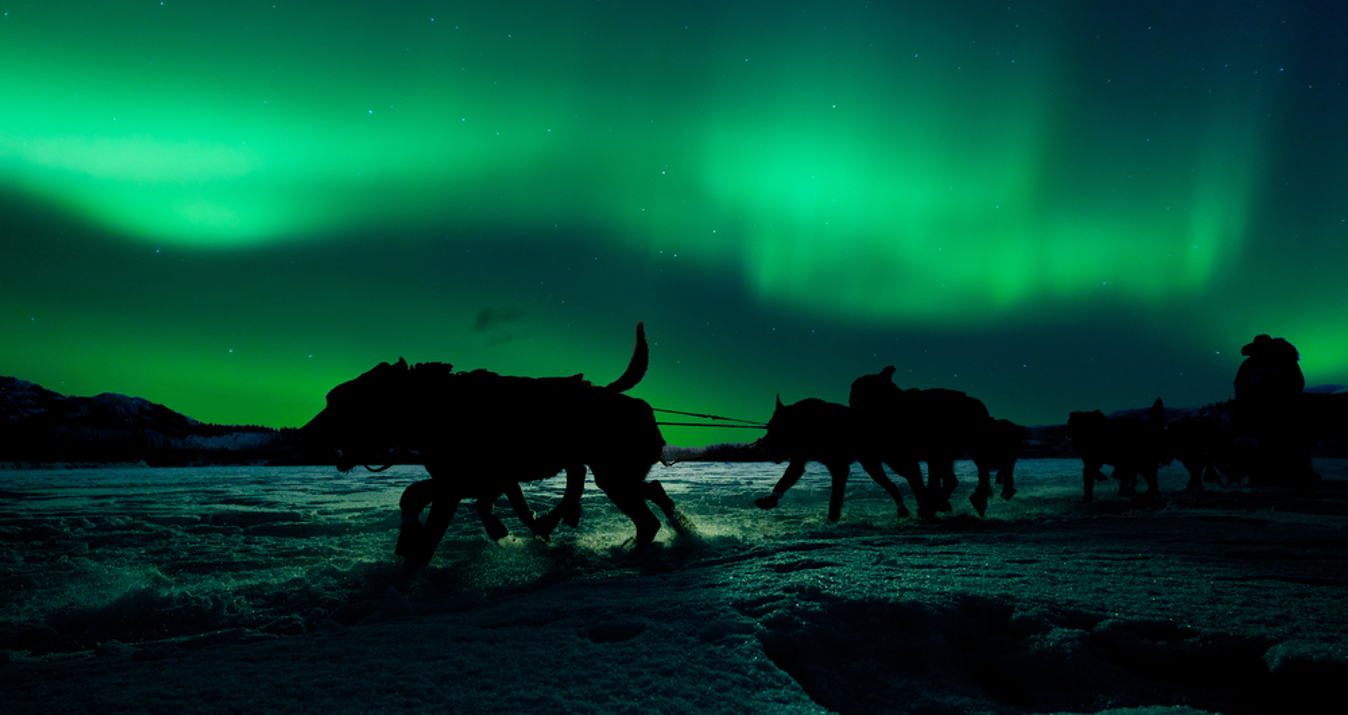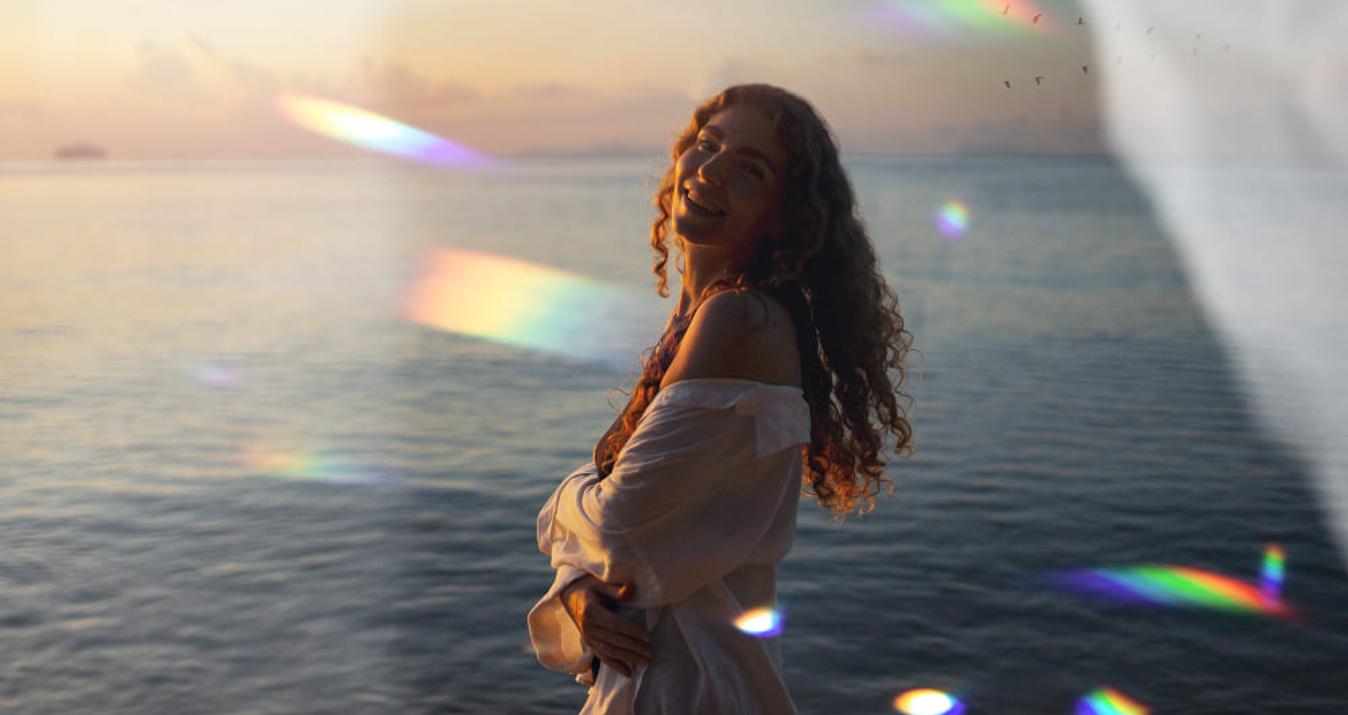Pro photographer Jim Nix has tried the early version of Luminar. Here's what he thinks!
Important update:
Luminar photo editor is now officially available for pre-order!
My name is Jim Nix. I am a professional photographer, traveler, and wanderlust sufferer. It's not a secret that I use Skylum's Aurora HDR for all my HDR photos. And I was really excited when the team of Skylum approached me to check out their upcoming photo editor - Luminar.
I have been experimenting with Luminar for several weeks, tried it on many of my images, and thus I have become very familiar with it. This article is from the viewpoint of someone that has been using this fabulous new product. Let’s dive in.
Luminar is completely new and it’s evident immediately that this is a seriously comprehensive product. It’s a full all-in-one photo editing solution and Skylum has done an excellent job in getting a lot of capability into the product without making it feel crowded. The user interface has a familiar feel and like all Skylum products, it’s clean, easy to navigate and very intuitive. But there are many things that put Luminar aside of everything else: be that a Skylum product or any other piece of photo software.
Photography Filters
Luminar will come with a vast array of filters, which can easily be applied to a photo and adjusted to suit the needs of the shot. These filters are arranged by category, so you can quickly and easily find the tool you need and apply it to your photo.
These filters range from the common, like: Saturation, Vibrance, Color Temperature, Polarizing Filter, Brightness/Contrast, Vignette, Clarity, Structure. And extend into many other styles and photo enhancer capabilities, including: Bi-Color Toning, Channel Mixer, Foliage Enhancer, Cross Processing, Fog, Grain, Orton Effect, Soft Focus, and many more.

In total, there are over 35 filters built into Luminar. You won’t be disappointed, or be lacking in creative ideas to try on your photos. There’s a lot there. Additionally, there is a large number of presets that are built into the product, so you can scroll through them quickly and find a look that you want to apply to your photo.
Adaptive User Interface plus Workspaces
With the user interface, Skylum has taken the unique approach of allowing you to customize how the product works for you. Beginners may want a simpler look with just some filters and presets visible, while a more advanced user may want to take full advantage of all the tools and customize the look to suit their needs.
That’s part of the beauty of Luminar - you can customize how it works for you and it will grow and adapt as your needs change.
By introducing a concept known as Workspaces, Skylum has given the power to the user in terms of how the product is used. Workspaces are collections of tools that are specific to particular types of photography.
For example, if you commonly use specific filters on a particular type of photo, you can create a custom Workspace with those filters built into it. For instance: for a landscape you may want to always use Clarity, Saturation or Vibrance, Polarizing Filter and Brightness, along with Contrast.
Then each time you bring a landscape photo into Luminar, just choose that Workspace and the filters will be auto-populated in your right-hand menu.
Workspaces are basically a short-cut in terms of filter choices, based on the type of photo you are editing. Using them keeps you from going to the filter menu on every photo and adding filters individually.
Just create a Workspace for common photography genres, and get all the filters you need for it with a single click. Note that these are not presets, though. While the Workspaces are accessible with a single click, the filters that comprise the Workspace will be zeroed out each time (which is ideal).



Beyond the filters and workspaces
While that is a huge part of the product - and obviously a very powerful part - there is plenty more to talk about. As I said above, it’s a complete editing tool from start to finish.
So that means you have brushes, layers, blend modes, masking tools and gradient tools. You can easily add a custom texture. You can easily replace a sky. You also have a spot healing tool. You have noise reduction. You can clone and stamp, too. See what I am talking about?
It’s a comprehensive solution that is easy to use yet incredibly capable. The fact that it can grow with you and can be customized to your needs is a big win.

What about users of Aurora HDR?
If you are a user of Aurora HDR (like me), you may think that this product is a replacement for Aurora HDR. It’s not. Aurora HDR is by far the best HDR editor I have ever used, and I will continue to use Aurora for all my HDR needs. Luminar is a single-exposure editor, and an incredibly powerful one at that. It does not have the ability to merge brackets to HDR.
These products are complementary. They can exist side-by-side as the only two products you need to craft beautiful HDR images. You can build a base HDR in Aurora and stylize it in Luminar, or just use the power of Luminar for some finishing touches to something you built and stylized in Aurora.
Here is an HDR that I created and stylized in Aurora, and then brought into Luminar to experiment with, creating a more dramatic final photo.

In short, Luminar is a major step forward in photo-editing. It’s an incredible product that has some serious horsepower, without feeling overwhelming to the user. The simplicity of the user interface and the ease of use mask a very powerful engine underneath.
The innovation of Workspaces, coupled with all the filters, presets and additional tools make Luminar a product that I feel stands head and shoulders above the rest of the field. It’s well worth taking a test run by downloading the free trial when it becomes available.
A Special Perk for Our Blog Readers
Get a 10% discount on Luminar Neo and dive into professional photo editing today!
Thank you for subscribing.
Your gift is waiting in your inbox!











